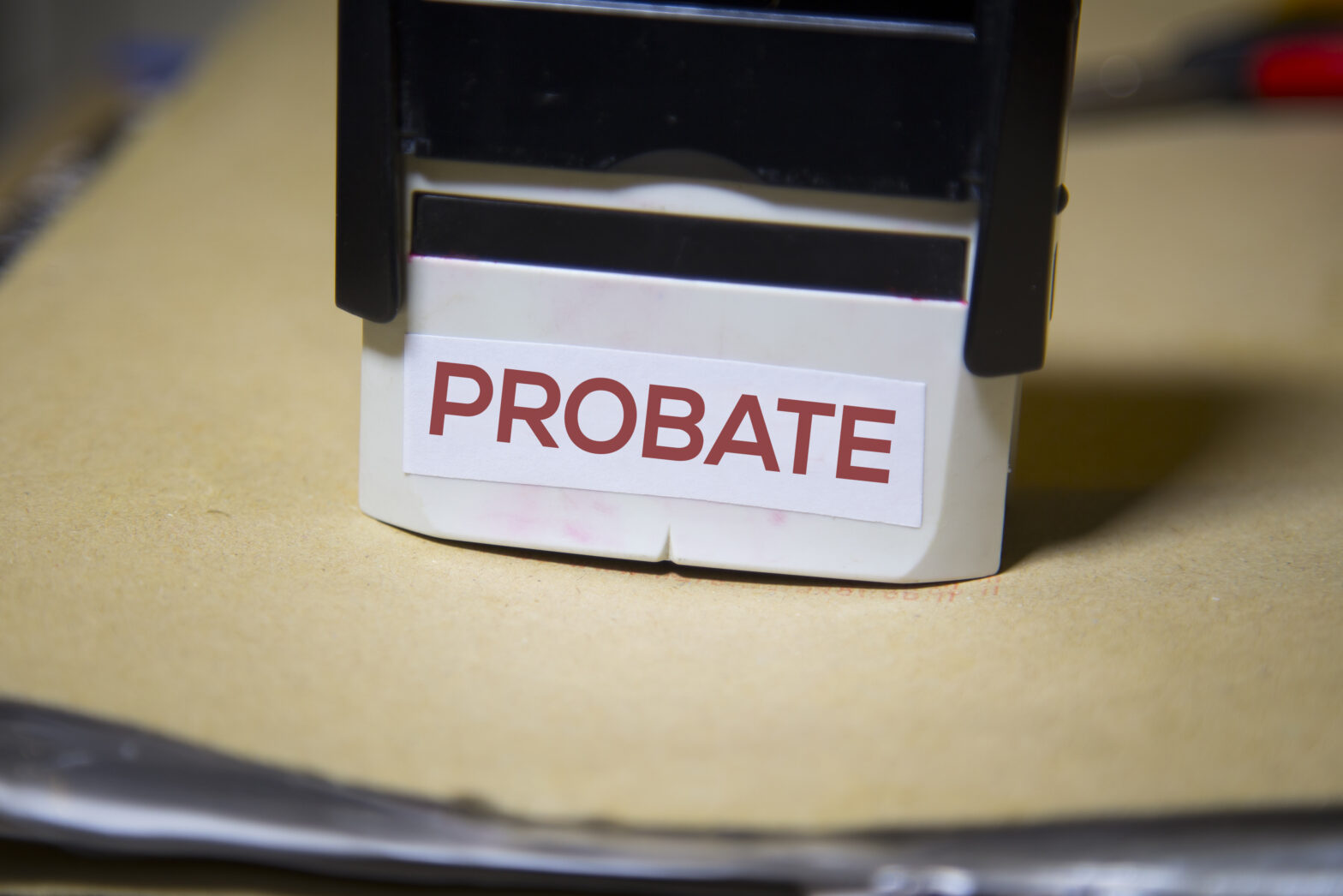After the death of a grantor of an estate plan and a last will and testament, the next step is called the probate. Probate is the legal process of proving that the will is authentic and accepted as the true last will and testament of the deceased grantor. The judiciary court is involved in the process of probate–granting its legality to start processing and transferring the assets.
With or without a will, any individual who has valuable properties, assets, securities, or a business must have a firm he or she consults with regarding asset protection and estate planning. This is to ensure that his or her assets, which was worked so hard for, is protected and would rightfully, belong to his or her heir or beneficiary when the time comes. An estate plan is recommended even for small business owners, as estate plans prevent family disputes and credit sharks.
However, the transferring of assets to the rightful beneficiaries does not happen overnight. There are steps needed to be taken before action is put into the estate plan. The first step is a probate.
Each state in the United States of America observes different laws to probate an estate. But even if a deceased person has no will but has valuable assets, a probate is still required when distributing his properties.
The four basic steps to probate are detailed below.
Filing a petition
After the grantor’s death, the firm who handles his estate account will help with the process of probate up to the successful transfer of assets. The first thing your legal advisor would need you to do is to file a petition with the probate court to appoint the executor of the will. The petition will be extended to all of the parties involved–all heirs and beneficiaries, all of whom have the right to object to the petition. It is also required that the petition is published in a local newspaper to notify possible unknown creditors of the grantor.
Notice and inventory
An inventory of all the grantor’s probate property must be kept. This includes, but is not limited to, real estate property, business interests, stocks, and bonds. Every asset is taken into account and an appraiser would be present to put a value on the non-cash assets.
The representative of the grantor’s estate plan–the trustee–would give writing a notice to all parties included in the estate. All creditors of the estate have the right to make a claim on assets or to dispute the plan under lawful objections.
Pay necessary expenses & Transferring of property
Paying necessary amounts of debts, taxes, estate and funeral expenses must be paid for before the transferring of properties. When everything is approved and all creditors all have approved claims, the representative will now have the authority of transferring the stated assets to their rightful beneficiary.
In order to make the process more stress-free, a grantor’s estate plan should be smoothed out and updated from time to time with his or her legal advisors. Also, tightening of loose ends will help make the probate quick, as there would be no disputes after the grantor’s death.







